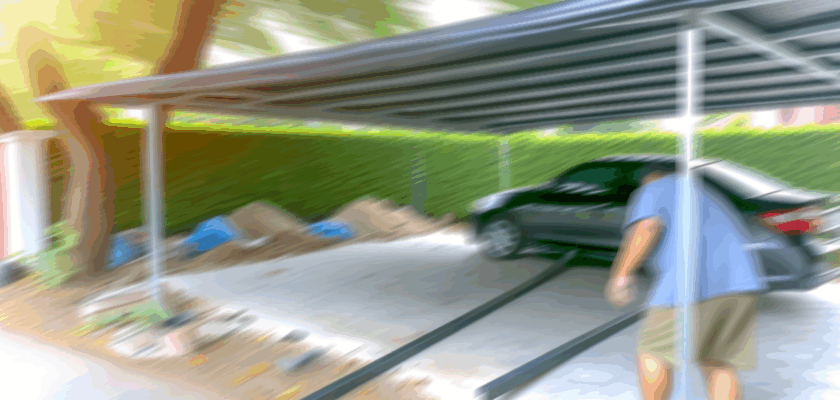A heavy-duty car shelter offers a practical solution for protecting your vehicle from harsh weather conditions, debris, and UV damage. Whether you live in a region prone to heavy rain, snow, or intense sun, installing a robust car shelter in your driveway can help extend your car’s lifespan and preserve its appearance. This article provides guidance on selecting the right shelter and walks you through the installation process to ensure safety and durability.
Choosing the Right Heavy-Duty Car Shelter for Your Driveway
Selecting the appropriate heavy-duty car shelter begins with assessing your specific needs, including the size of your vehicle and the available space in your driveway. Consider whether you require a single or double car shelter, and measure the dimensions carefully to avoid purchasing a structure that is too small or excessively large for your space. A well-fitting shelter not only protects your vehicle but also complements your property’s layout.
Material quality is another crucial factor when choosing a car shelter. Look for shelters made of galvanized steel or aluminum frames combined with heavy-duty, weather-resistant fabric or polycarbonate roofing. These materials offer strength, corrosion resistance, and durability, essential to withstand different climatic challenges such as heavy snow loads, strong winds, or prolonged sunlight exposure. Additionally, shelters with reinforced anchoring systems provide enhanced stability during storms.
Finally, consider additional features that may add convenience and functionality. Options like side panels, roll-up doors, or UV-protective coatings can offer extra protection and versatility. It’s also worth checking the manufacturer’s warranty and customer reviews to ensure reliability and adequate after-sale support. Taking these factors into account will help you invest in a shelter that meets both your protection needs and budget.
Step-by-Step Guide to Installing Your Car Shelter Safely
Before installation, it’s important to prepare your driveway by clearing the area of debris and leveling the ground if necessary. A solid, flat foundation—such as a concrete slab or compacted gravel—will ensure your shelter remains stable over time. Verify that local building codes and any homeowner association rules permit the installation to avoid potential legal complications.
Begin assembly by carefully unpacking all components and reviewing the manufacturer’s instructions thoroughly. Organize parts and tools in a clean workspace to streamline the process. Most heavy-duty shelters require at least two people for safe and efficient assembly, especially when lifting large frame sections or roofing panels into place.
When erecting the frame, use the recommended anchors or bolts to secure the shelter firmly to the ground. Pay close attention to safety by wearing protective gear such as gloves and safety glasses, and avoid working in adverse weather conditions. After construction, inspect the shelter to ensure all connections are tight and the structure is stable before parking your vehicle inside.
Installing a heavy-duty car shelter in your driveway is a worthwhile investment for protecting your vehicle from environmental damage. By carefully selecting a shelter that fits your space and weather demands, and following a safe installation process, you can enjoy peace of mind knowing your car is shielded year-round. Proper planning and execution not only enhance your property’s utility but also contribute to the long-term preservation of your vehicle.

